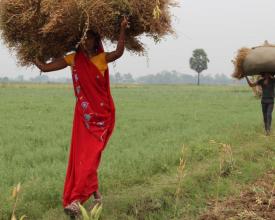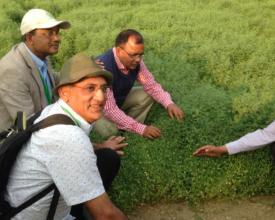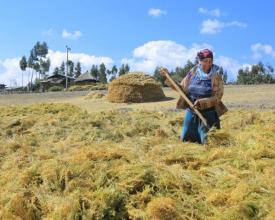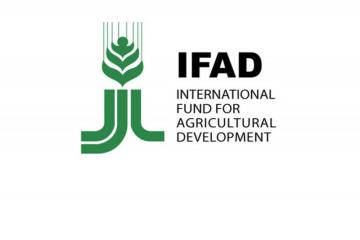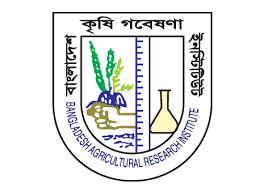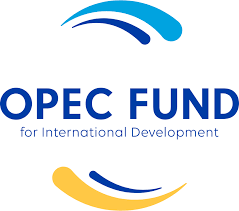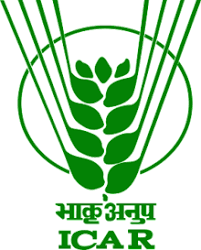
Extra early biofortified lentils for South Asia (SA) and Sub Saharan Africa (SSA)
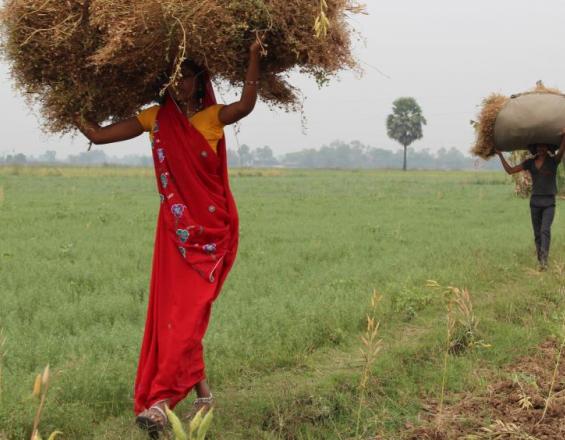
Unlike standard lentils, ICARDA varieties reach maturity quickly and are biofortified with zinc and iron to fight the hidden hunger. These varieties mature in less than 100 days and fit well in rice systems, giving a bonus crop of protein-rich lentils to strengthen the rural livelihood. To accelerate the adoption of the new lentil varieties, ICARDA’s participatory research-for-development was carried out with the inclusion of farmer organizations and women help groups.
Contexte
Challenges addressed
Over two billion people in the developing world are malnourished and affected by micronutrient malnutrition. Women and children are the worst affected. More than 47% of women and children in developing countries suffer from iron deficiency impairing physical and mental growth. Zinc deficiency is prevalent and hampers growth and weakens the immune system. Through genetic enhancement, ICARDA scientists have developed micronutrient-dense varieties of lentil, a staple diet of many poor people in the regions of South Asia and Sub-Saharan Africa. However, areas under lentil cultivation were declining for several reasons: use of low-yielding landraces, diseases, insect pests, frost, water-logging and expansion of area under rice-based systems, leading to no scope for traditional varieties to fit in the short-season window available. Development of short duration lentils biofortified with iron and zinc is an effective measure to combat micronutrient malnutrition also called “the hidden hunger”.
Emplacement
Traiter
Summary of the process
Crop modelling to simulate yield gain of lentil has further helped this solution in the target region. Thus, remote sensing-based real-time mapping and monitoring were used to target the rice fallows for variety-specific lentil intensification based on the length of the fallows and soil moisture. This also helped trace back the per cent area utilized in each given season and crop modelling to simulate yield gain of lentil and has further helped to manipulate planting date and lentil phenology in the regions. Several released varieties were discovered in different countries. This has encouraged the national programs to disseminate these varieties as ‘Fast Tracking’ and continue the involvement of farmers in the research for development process and projects.
Building Blocks
Wide-scale demonstration in farmers’ fields
By trainings the 9202 farmers covering 3253 ha area in 460 villages, they learnt how to cultivate biofortified lentils and improved practices compared to local cultivar and technologies. To accelerate large-scale adoption of the new lentil varieties, and adaptation to successful new approaches, ICARDA 's participatory research for development was carried out with inclusion of farmer organizations.
Enabling factors
- Participatory research-for-development carried out with the inclusion of farmer organizations and women help groups.
- Involvement and interest by farmers
- Development of technical capacities
- Improved nutrition and health of farmers
- Wide-scale demonstrations
- Crop modelling
- Seeing higher yields and results encourages participation by farmers
Lesson learned
Large scale feeding trials are required to assess the impact of biofortified lentils on health along with studies related to the bioavailability of iron and zinc.
Crop modelling
Crop modelling to simulate yield gain of lentil has further helped to manipulate planting date and lentil phenology in the target region.
Enabling factors
- Seed hub for informal seed production as a sustainable way to tackle local development of lentil production
- Regular and close monitoring by creating farmer groups
- Strong support and increased seed availability was achieved by strengthening informal and formal seed systems
- Digitization through remote base sensing and real time mapping
Lesson learned
Knowledge of environment and genotype × environment interactions are important to develop stable biofortified cultivars or to design location-specific breeding in any biofortification program. In lentils, accumulation of Fe, and Zn in the seeds varies with the weather, location, and soil conditions such as nutrient hungry soil, high pH, temperature, precipitation, and soil organic matter. Multilocation testing of varieties/advanced lines of lentil in Bangladesh, Ethiopia, India, Nepal, and Syria showed significant genotype × environment (G × E) interaction for Fe and Zn. It has been observed that Fe concentration is more sensitive to environmental fluctuations compared to seed Zn concentration. Our study also suggested that high iron and zinc can be combined in short duration varieties without compromising the grain yield.
Impacts
- High adoption: 99% of the 150,000 hectares under rice system are now planted between harvests with the new improved varieties.
- Replaced exports: The additional domestic production in Bangladesh has even replaced expensive imports.
- Yield increase: Lentil production in India has witnessed rising trend from 1.06 million tonnes in 2012 to 1.64 million tonnes in 2018, an addition of 161,300 tonnes, thanks to yield increase from 678 kg/ha in 2011 to 1006 kg/ha at present of biofortified varieties.
- High revenue: 36128 tons of addition lentil production worth 28.9 M US$ annually.
- Participatory informal seed systems: a 3792-ton quality seed of improved varieties through farmers’ participatory informal seed system
- Wide-scale demonstration: 9202 farmers covering 3253 ha area in 460 villages
- Digitization: Remote sensing-based real-time mapping and monitoring was used to target the appropriate rice fallows for variety-specific lentil intensification based on the length of the fallows and soil moisture dynamics.
- Multi-nutritious crop: Lentils are rich sources of protein, micronutrients, and vitamins including iron, zinc, selenium, folates, and carotenoid.
- Additional innovations: Crop modelling to simulate yield gain of lentil has further helped this solution in the target region.
- High participation rate: 157 farmers’ training and 112 field days organised and a total of 15323 farmers participated including 1944 women.
Beneficiaries
The solution is intended for farmers. Nutritionally, children and pregnant women are currently the major beneficiaries to address the development issue the solution entails.
Sustainable Development Goals
Story
Since I started using these improved varieties, my life has greatly changed, I have built a better house, I have more cattle and I was able to educate my children. All farmers of Gimbichu owe their livelihoods and their success to better lentils. We are very grateful to the government for rescuing us from poverty” Demekech Tekeleyohannes, farmer from Gimbichu

